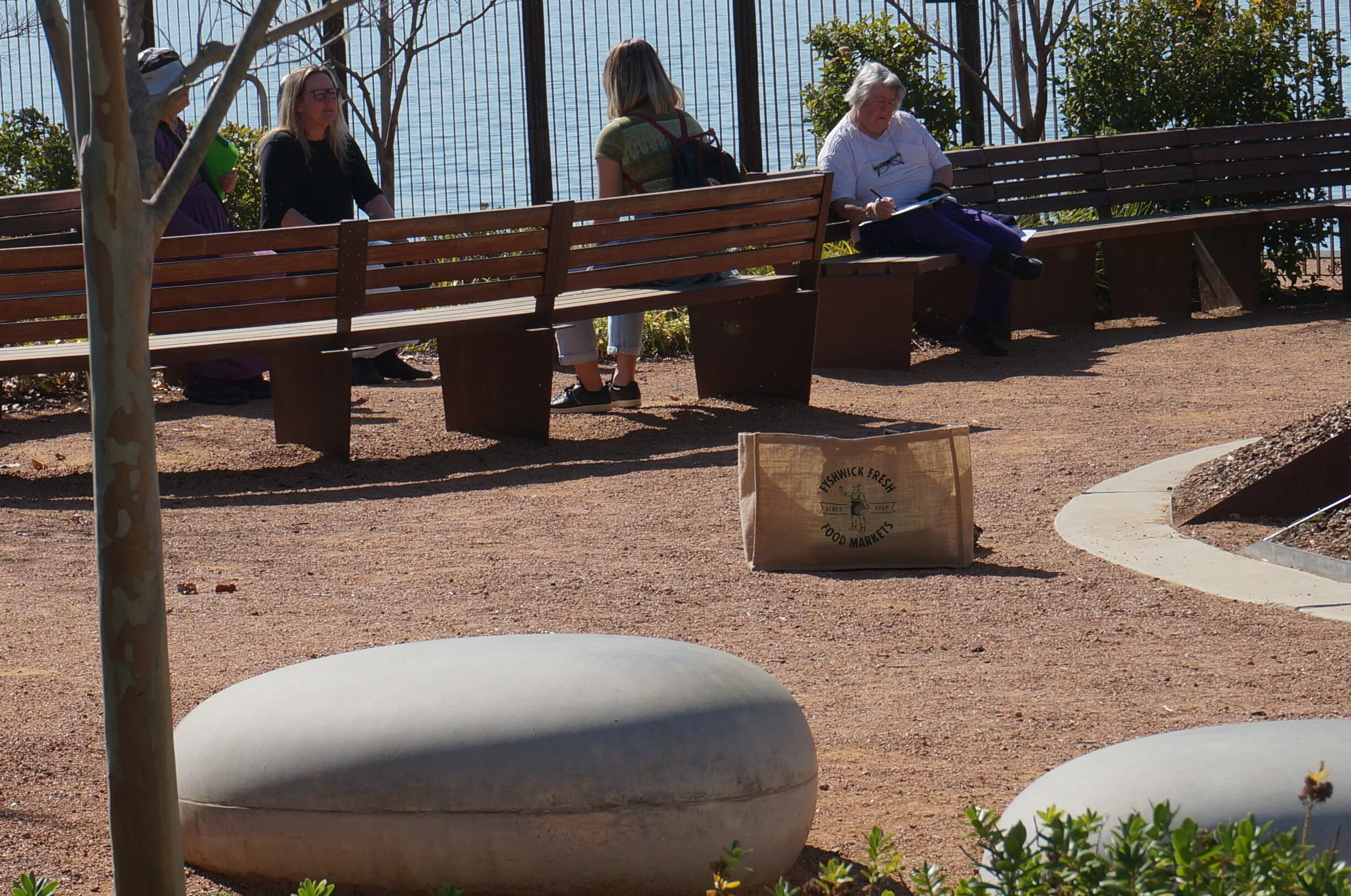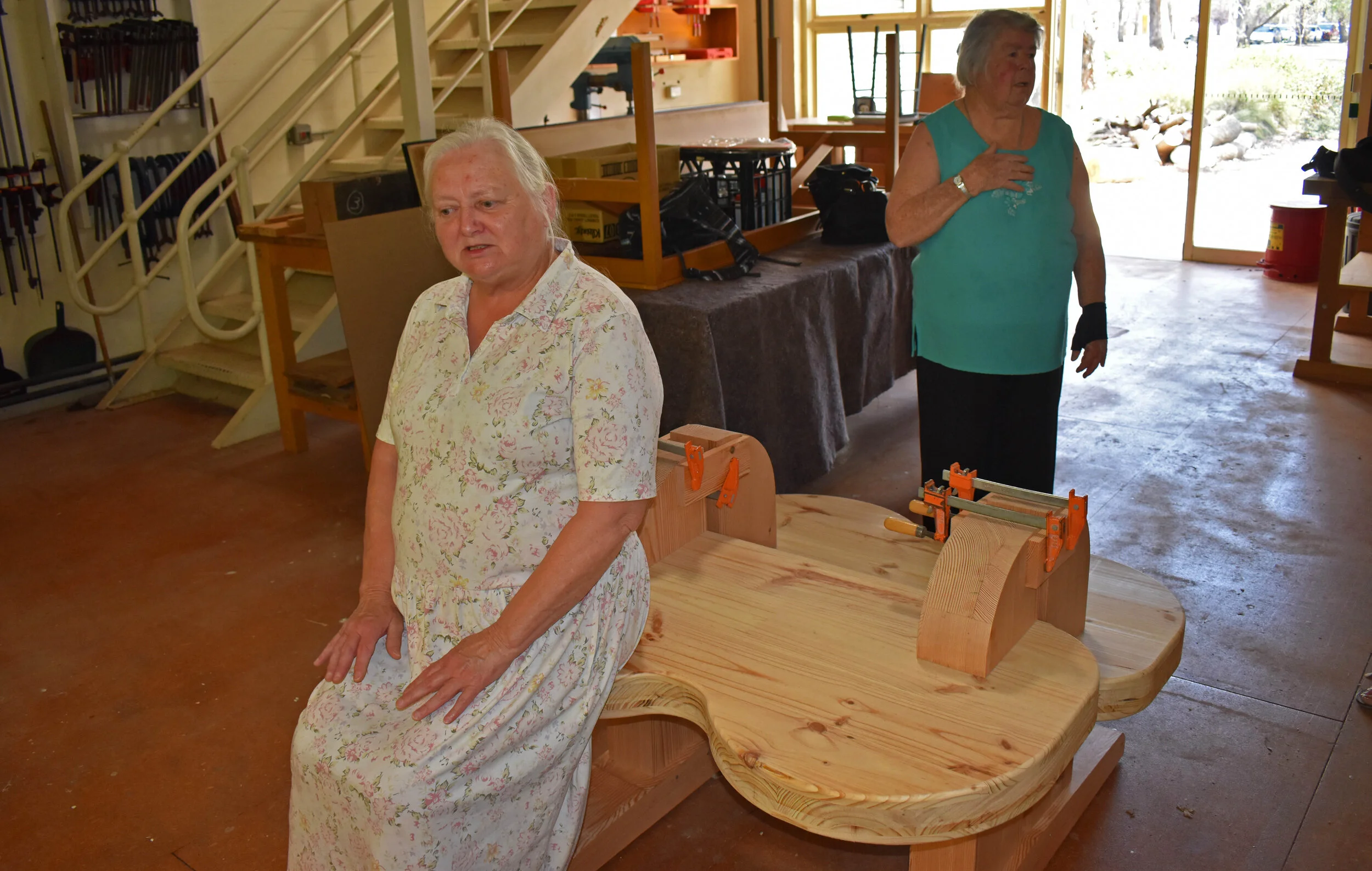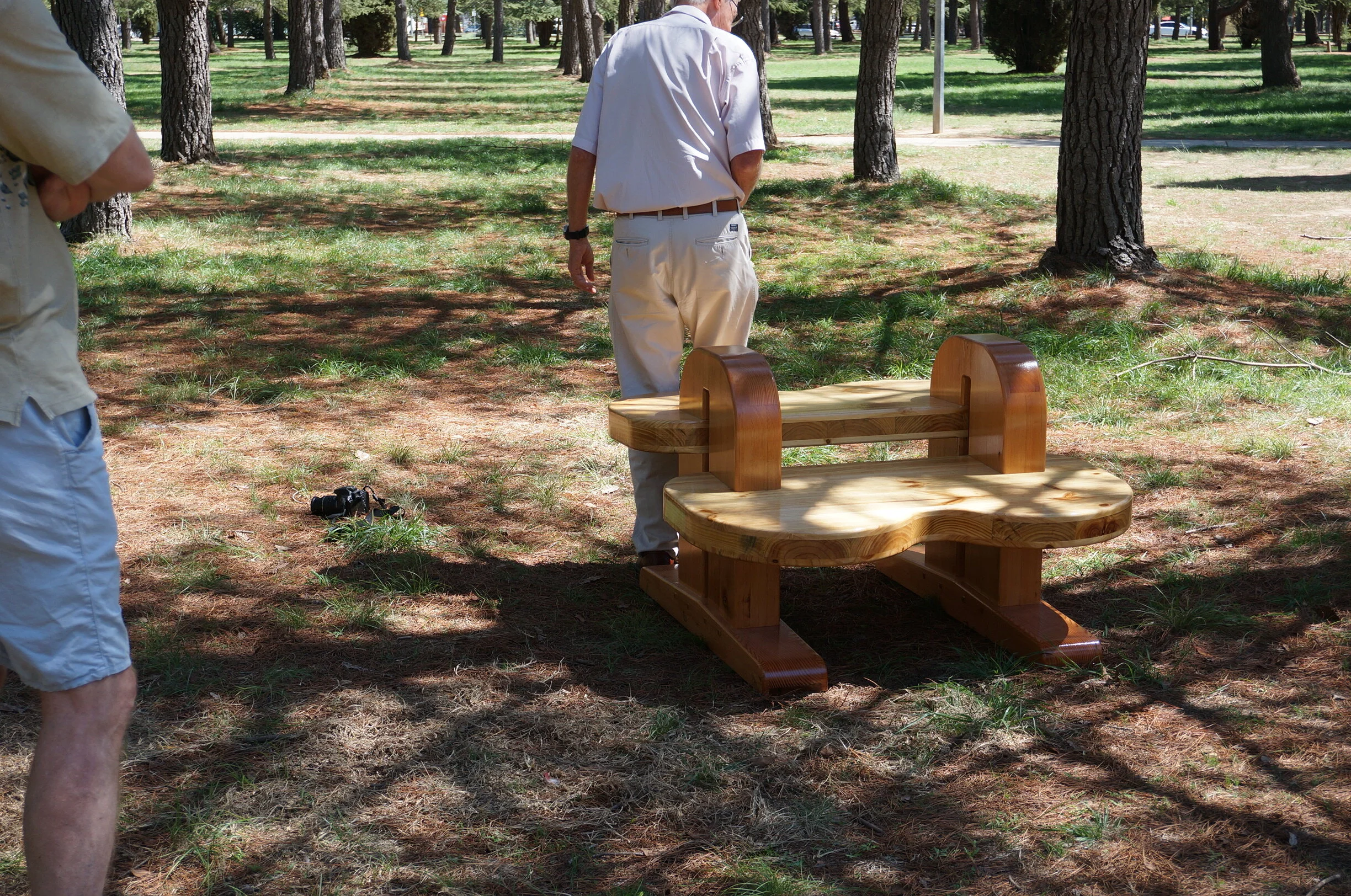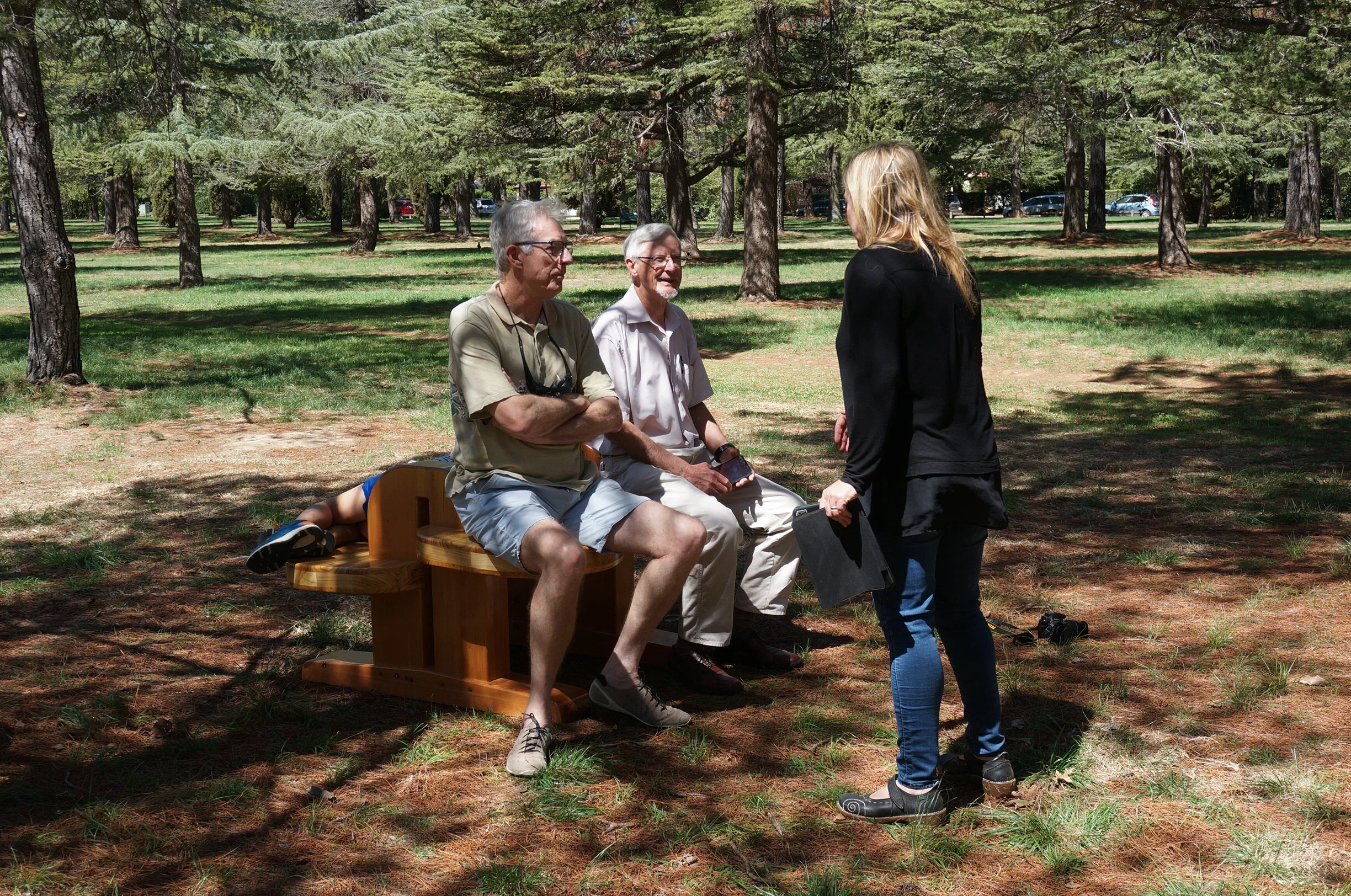Senior Seating Co-Design Project
Over the course of four co-design workshops facilitated by Bryan Harris, a group of ten Canberra seniors discussed how to improve on existing park seating. Participants generated many ideas contributing to the building of an experimental bench.
Matching seat height to the sitter’s leg length helps with comfort, ease of sitting down and standing up.
A seat that slopes down toward the front facilitates the downward and upward action of sitting.
A bench should have a place to lean a walking stick.
Omitting arm rests means core muscles become more important when sitting down or standing up.
Wood seats remain comfortable on hot or cold days, unlike metal or concrete benches.
Park benches are often longer than necessary, and conventional rectangular seats are boring.
Workshop One
A group field trip to experience and critique a variety of existing park seating.
Photos: Bryan Harris
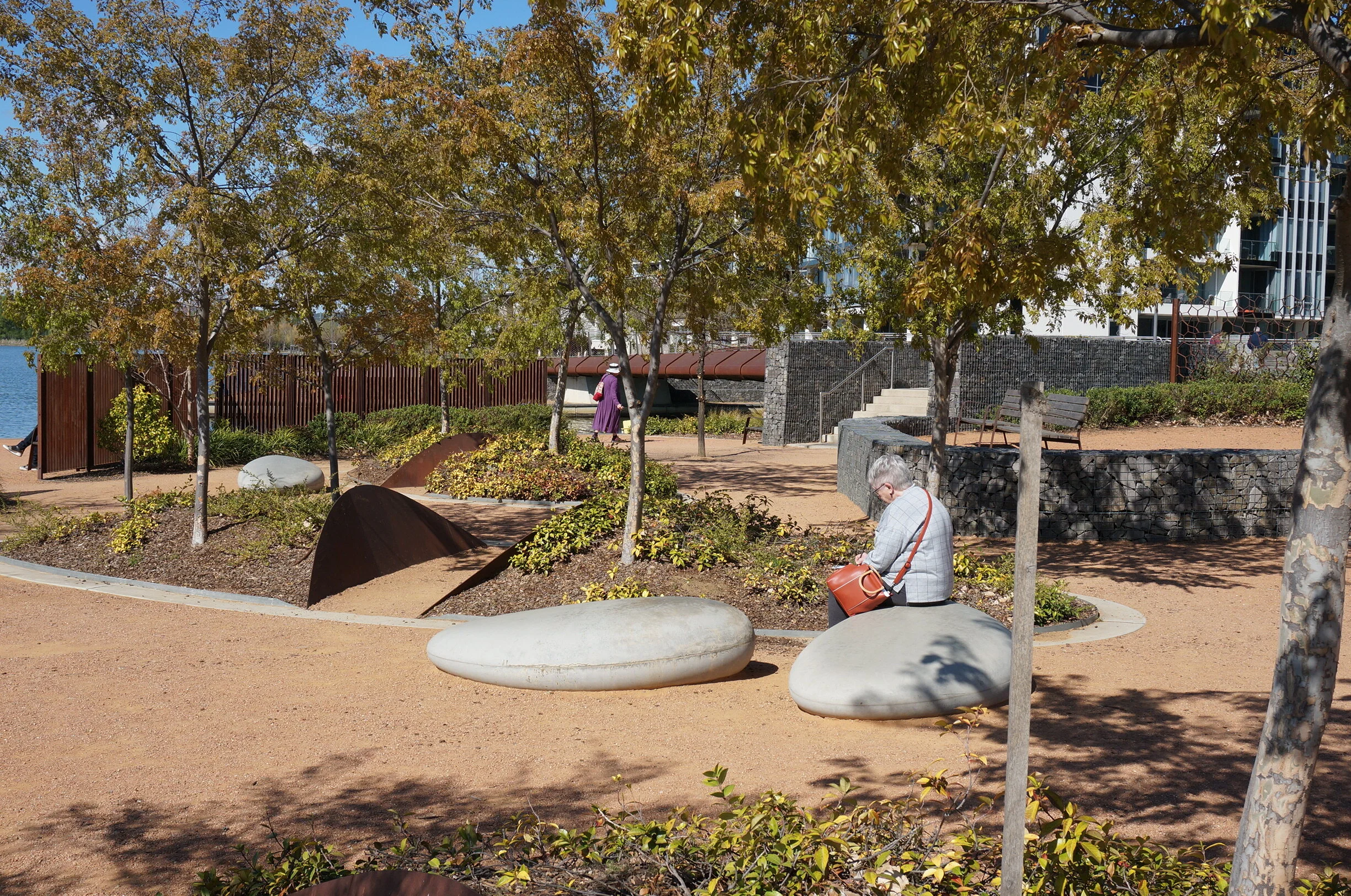
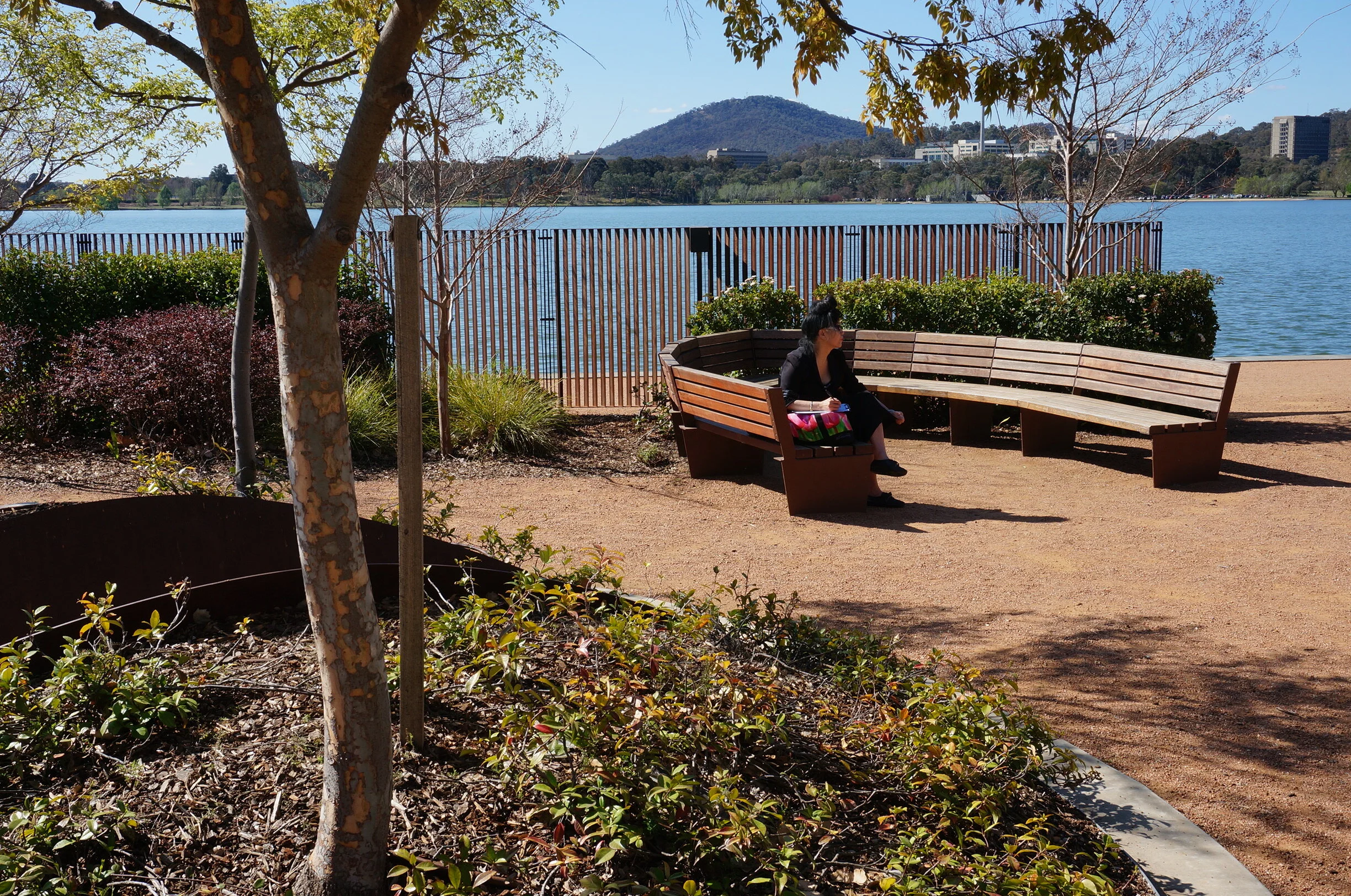
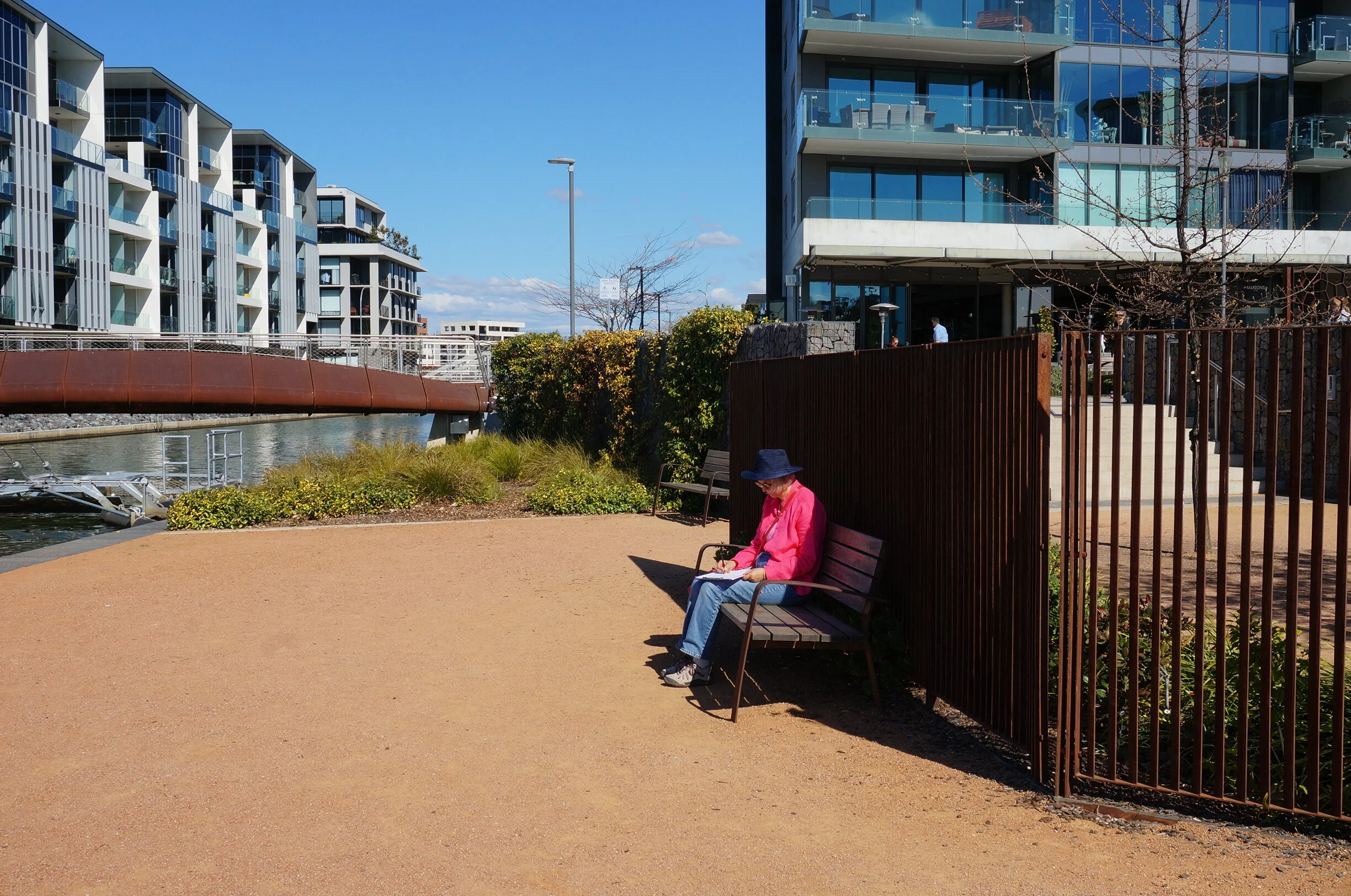


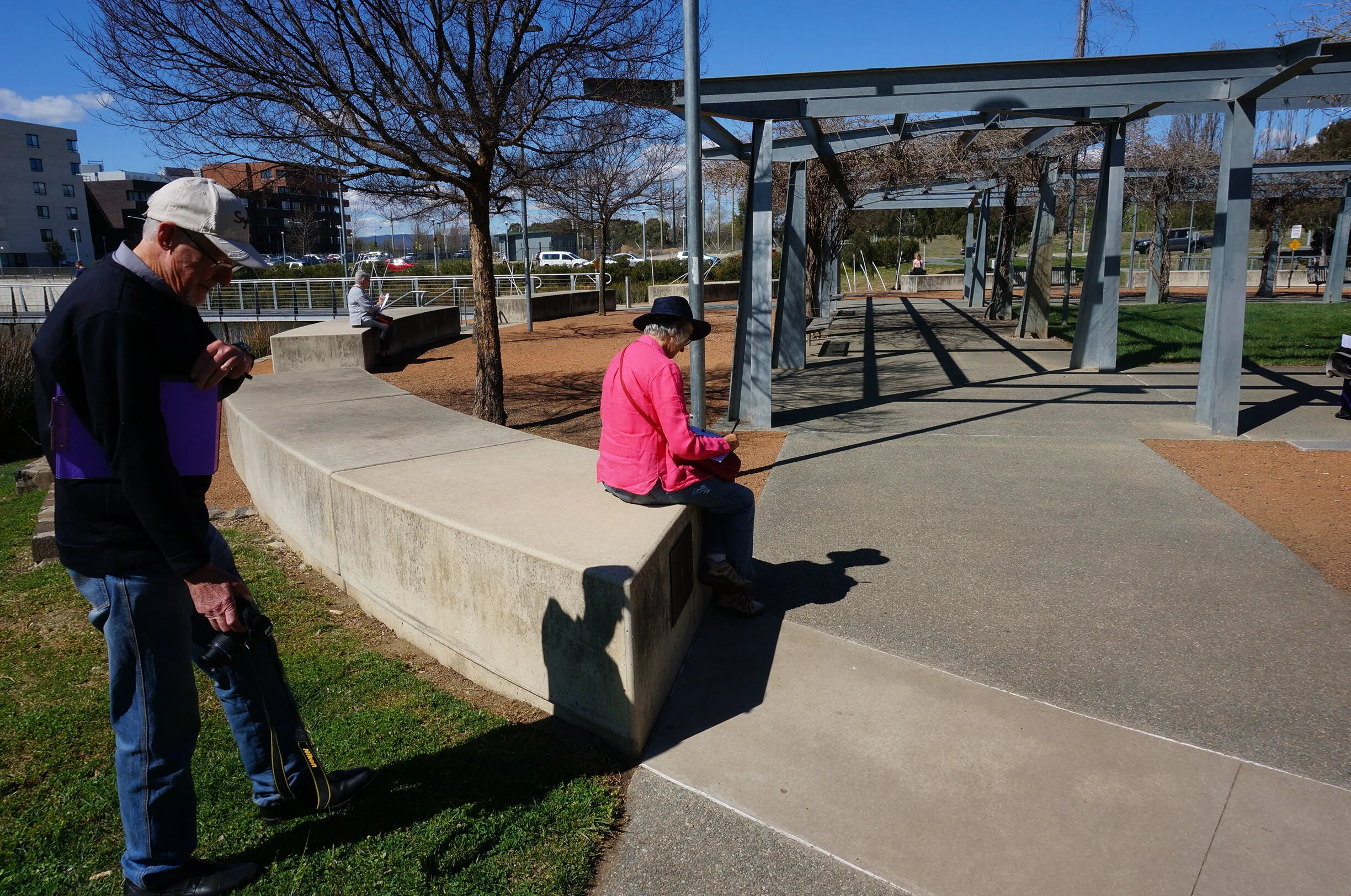
Workshop Two
Summarizing the field trip observations and critiques.
Photos: John Scheding
Seat Structure and Our Bodies
Seat material should temper extremes of hot and cold weather.
One size does not fit all. Seat options that accommodate different body dimensions are important.
Low seats are a challenge.
Arm rest or a push-off point helps with rising from the seated position.
Seats that are too deep make it difficult to achieve back support.
Long benches coupled to a table are not easy for seating more than two persons because access to the middle seats is challenging.
Long benches separate people at the ends, making conversation difficult.
A corner seat allows one to easily pivot toward different orientations.
Built in “cane-catcher” could hold walking sticks while owners have a rest.
Proper concavity in the seat adds to the comfort.
Tables and seats needn’t be rectilinear. Consider round, oval, or kidney shapes.
Seating and the Park Site
Orient the seat toward an interesting near view and distant vista. An attractive outlook benefits the experience.
Protection from weather extremes is important. One should be able to sit in a sunny or a shady place.
Select plantings near the seating to enhance the experience.
Consider how exposed the area is to occupants of nearby residences.
Contrast between hard structure and organic environment can be appealing.
Traffic noise is a negative, but birdsong and waterfall sounds are positive.
Public toilets nearby are a plus.
The ground, whether grass or gravel, is not an attractive seating option.
Lighting nearby extends the usability of the seating beyond daylight hours.
Workshop Three
A design proposal, testing seat heights and seat angles.
Photos: Viktoria Holmik


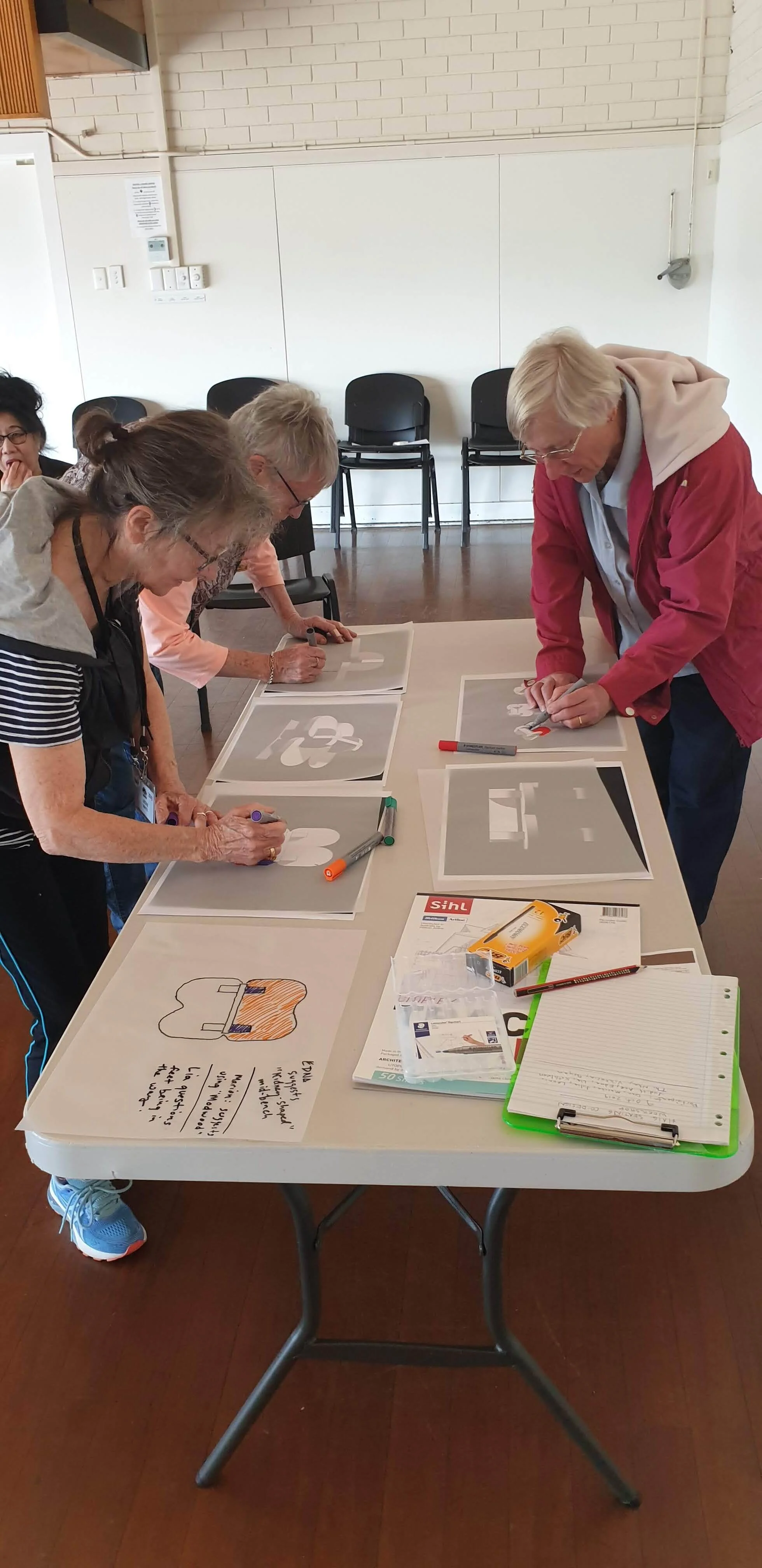


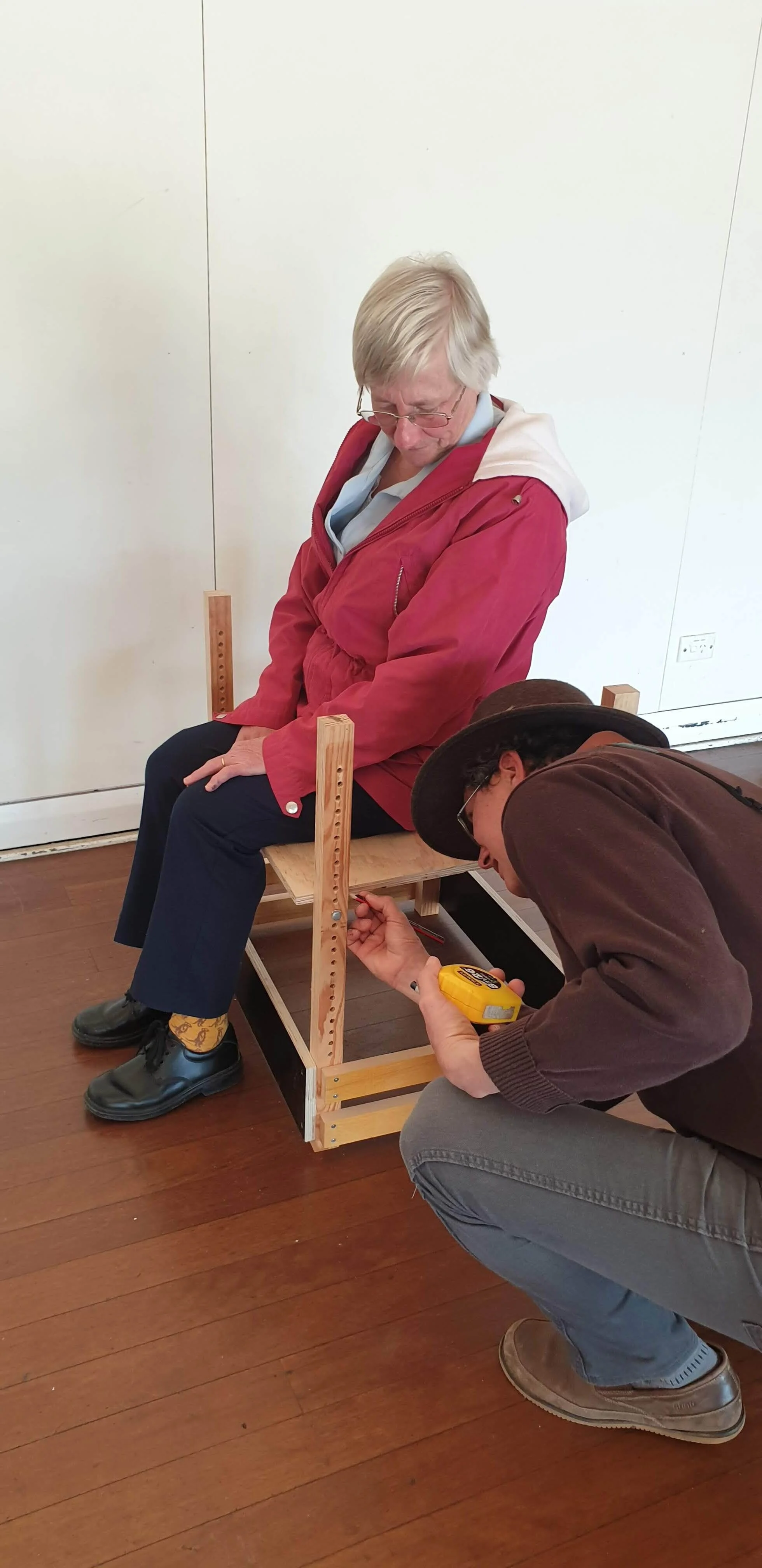
Workshop Four
Evaluating the prototype in process.
Photos: John Scheding
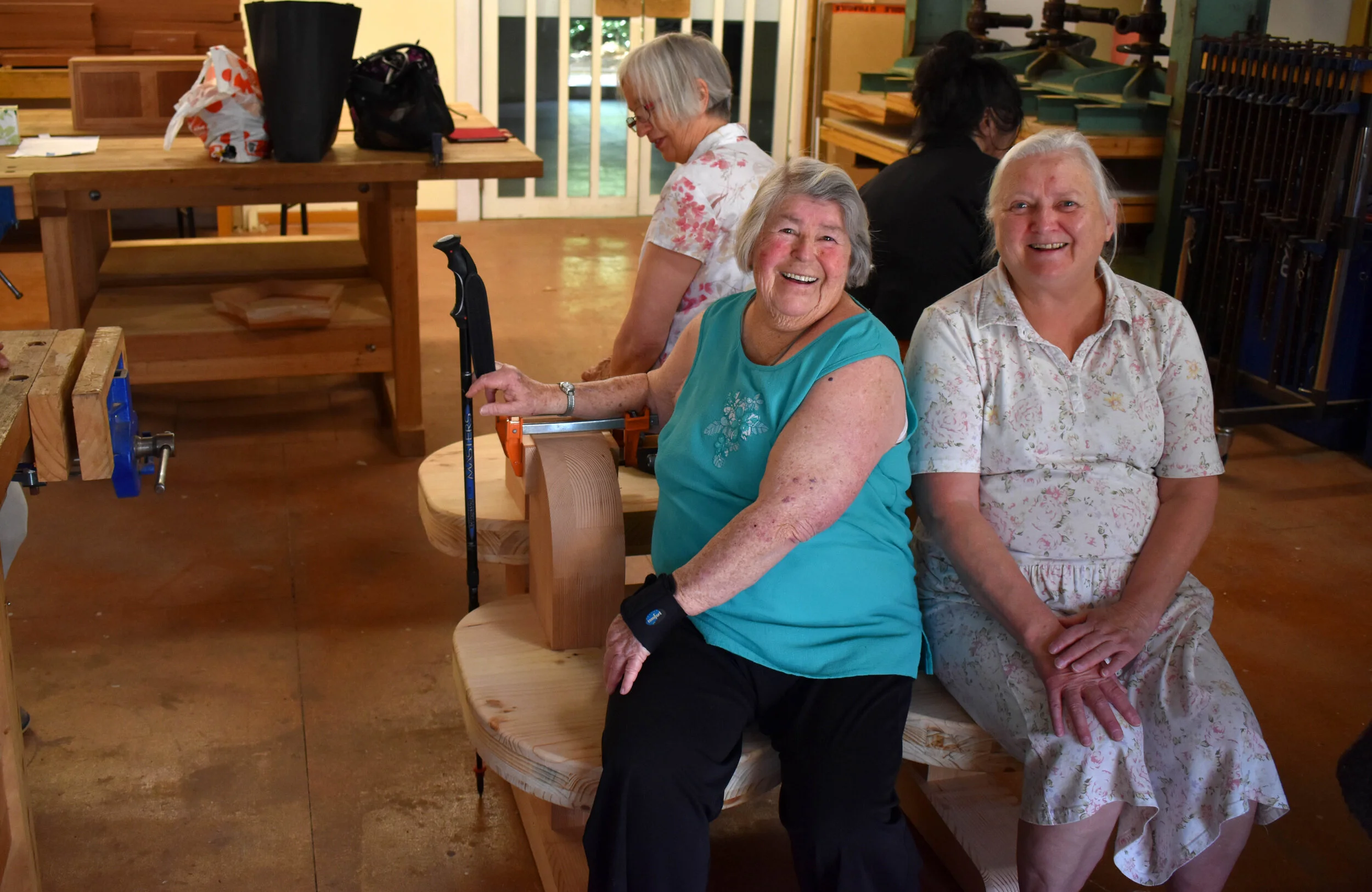
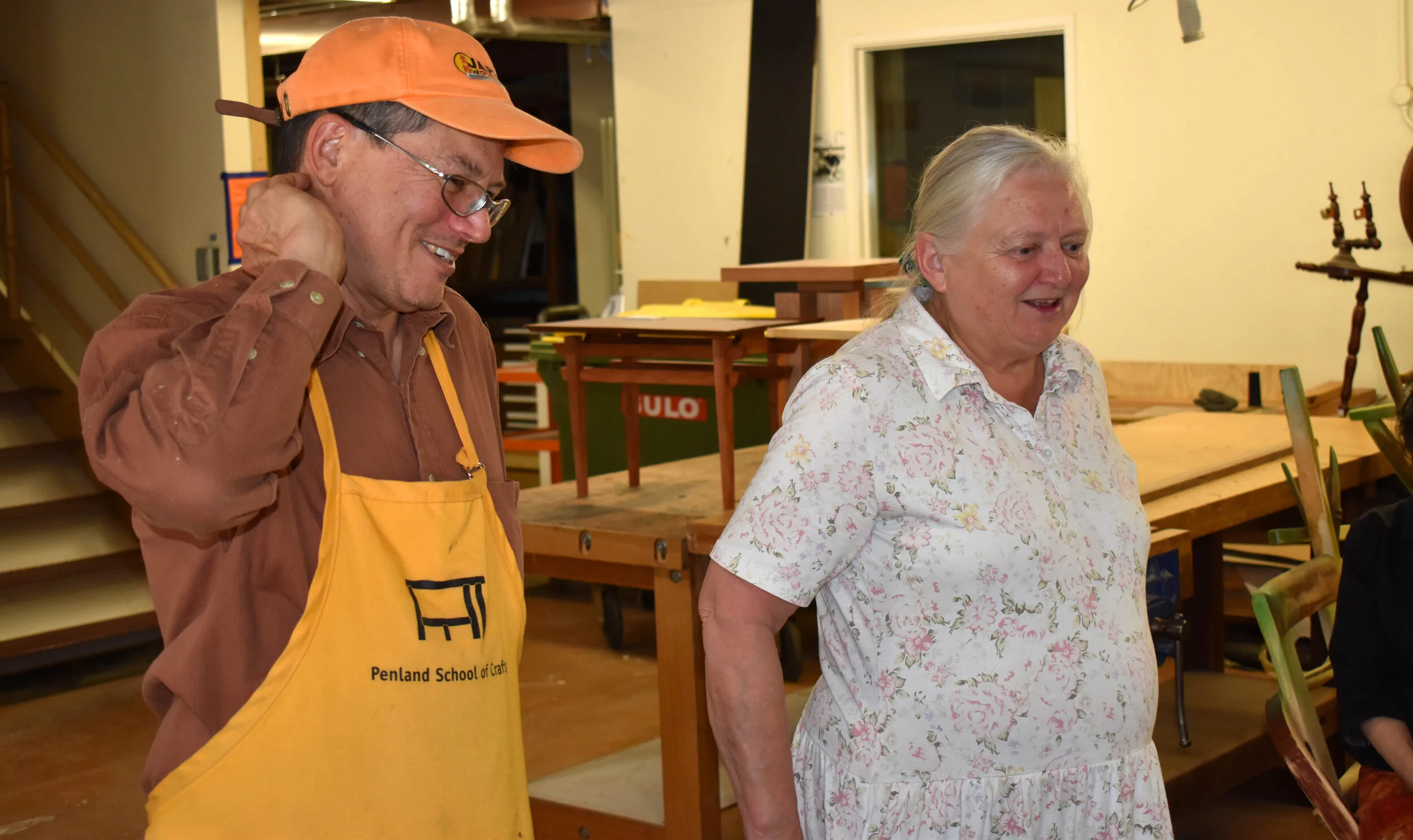


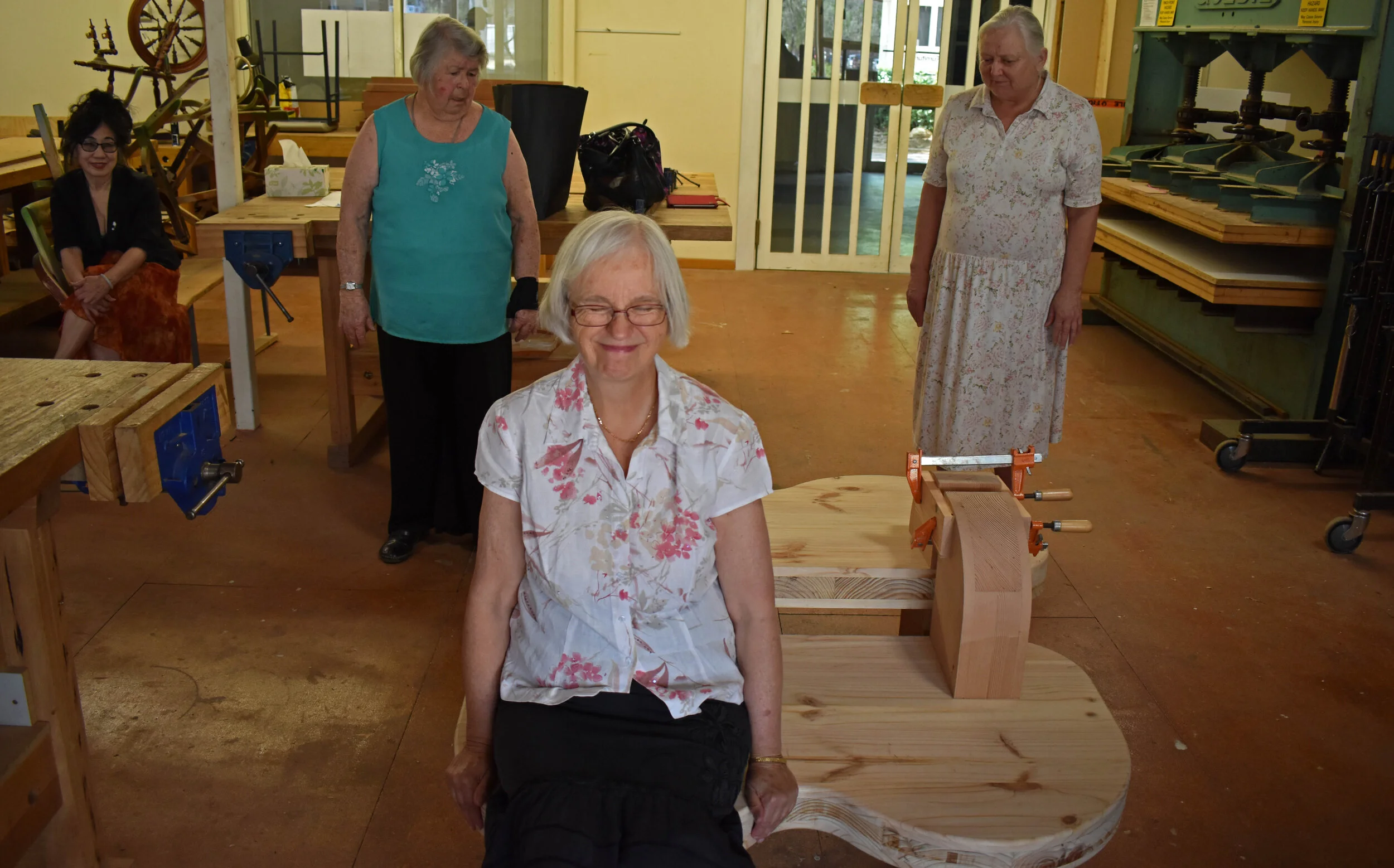

The bench temporarily sited in Haig Park.
Photo: Bryan Harris
Don and John testing the bench.
Photo: Bryan Harris

